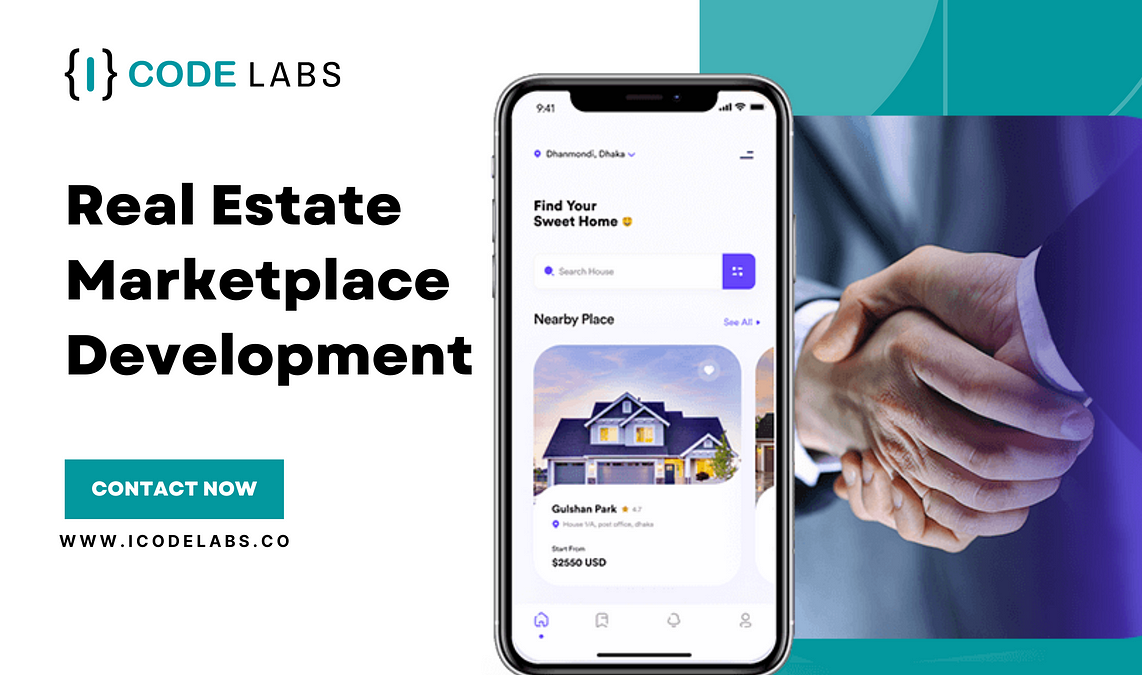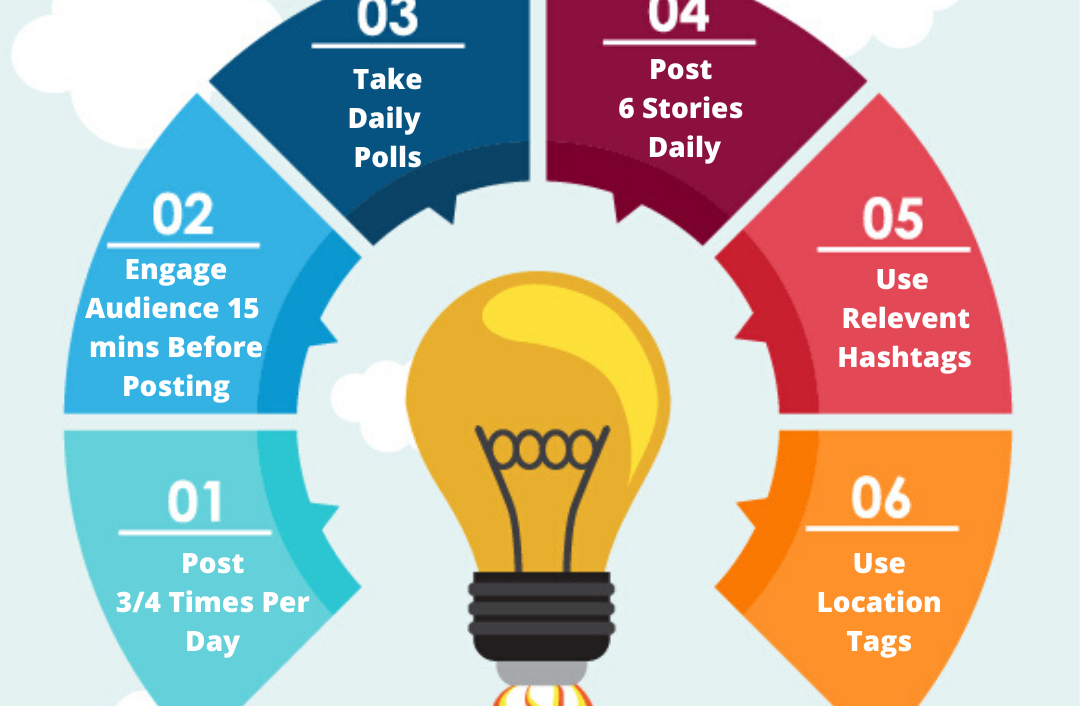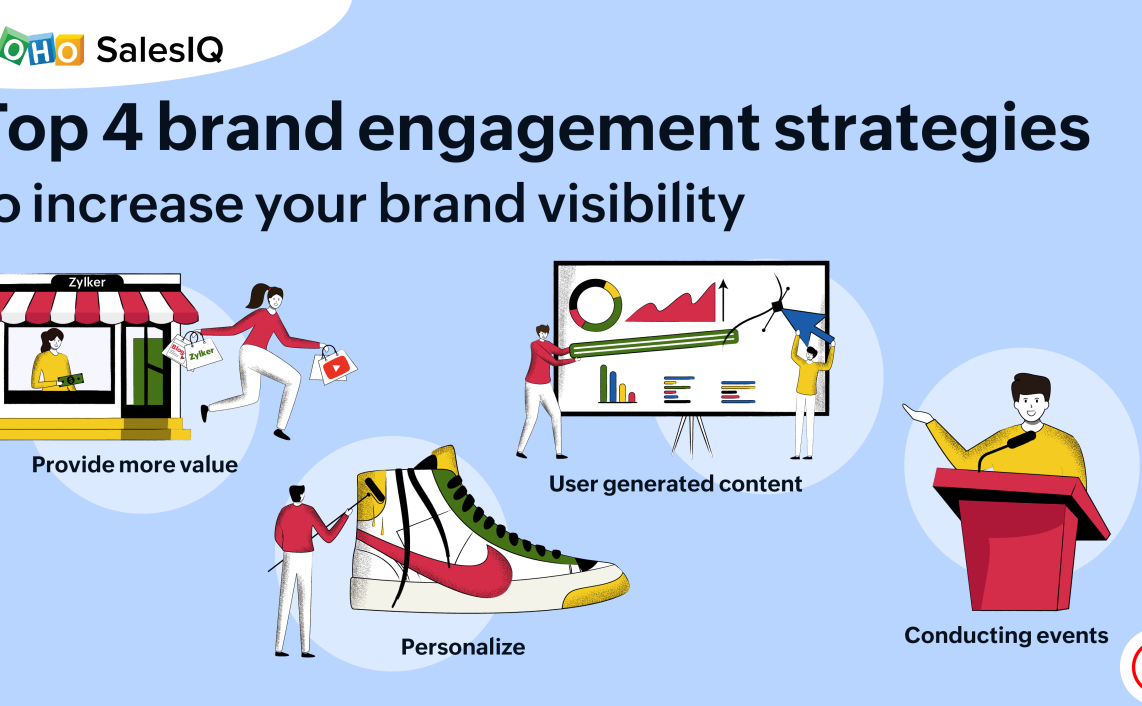Google Ads: Secrets To Successful Campaigns For Businesses
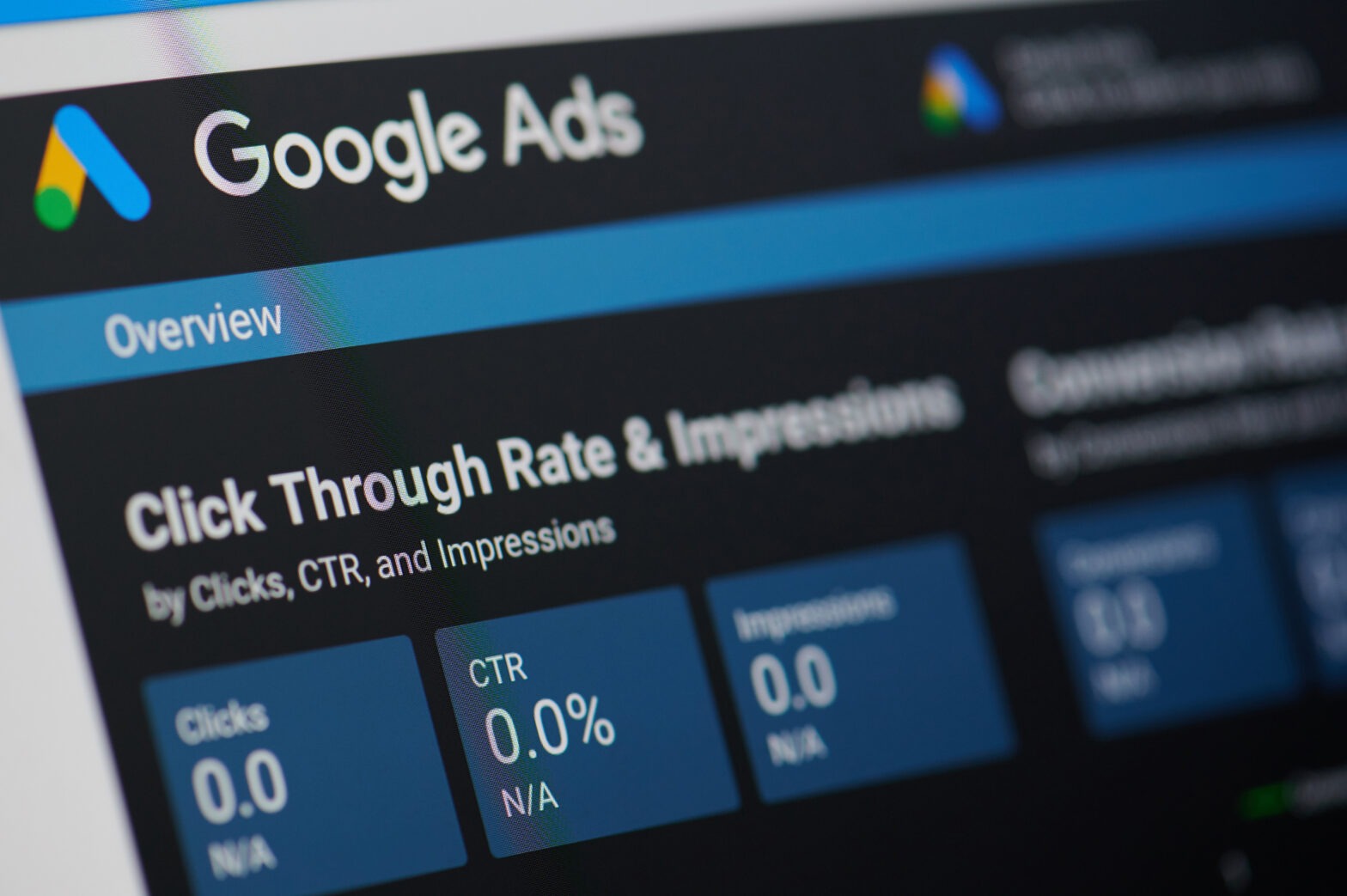
Google Ads, formerly known as Google AdWords, is an advertising platform that allows businesses to place ads on Google’s search engine and other websites. It is a powerful tool that can help businesses reach new customers, increase traffic to their website, and generate leads and sales.
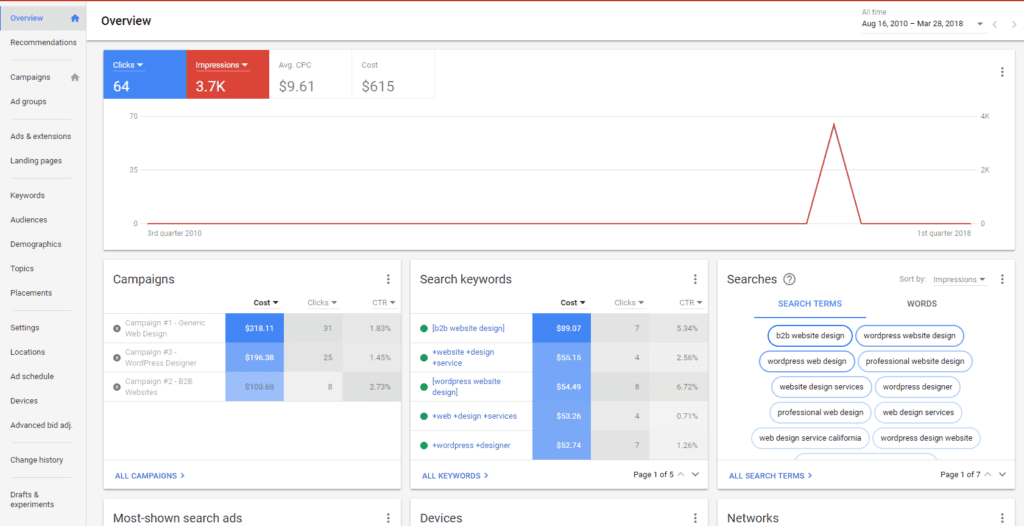
However, creating successful Google Ads campaigns can be a complex and time-consuming process. There are a number of factors to consider, such as keyword research, ad copy, and targeting. In this article, we will share some of the secrets to successful Google Ads campaigns for businesses.

1. Do your keyword research
The first step to creating a successful Google Ads campaign is to do your keyword research. This involves identifying the keywords that your target audience is searching for. You can use a keyword research tool like Google Keyword Planner to find relevant keywords.
Once you have a list of keywords, you need to group them into ad groups. Ad groups are collections of keywords that are related to each other. For example, you could create an ad group for “running shoes” and another ad group for “workout clothes.”
2. Write effective ad copy
Your ad copy is what will convince people to click on your ad. It is important to write ad copy that is clear, concise, and relevant to your target audience.
Your ad copy should include the following elements:
- A headline: This is the first line of your ad and should be attention-grabbing.
- A description: This is the second line of your ad and should provide more information about your product or service.
- A call to action: This tells people what you want them to do, such as “click here to learn more.”
3. Target your ads
Google Ads allows you to target your ads to specific groups of people. This is important because it helps you ensure that your ads are being seen by people who are most likely to be interested in your product or service.
You can target your ads by the following factors:
- Location: You can target your ads to people in specific countries, states, or cities.
- Demographics: You can target your ads to people of specific ages, genders, or income levels.
- Interests: You can target your ads to people who are interested in specific topics, such as cooking or travel.
4. Track your results
It is important to track the results of your Google Ads campaigns so that you can see what is working and what is not. Google Ads provides a variety of reporting tools that you can use to track your progress.
You should track the following metrics:
- Impressions: This is the number of times your ad was shown.
- Clicks: This is the number of times people clicked on your ad.
- Conversions: This is the number of times people took a desired action, such as making a purchase or signing up for a newsletter.
By tracking your results, you can identify which keywords, ad copy, and targeting options are working best for you. You can then make adjustments to your campaigns to improve their performance.
Google Ads can be a powerful tool for businesses of all sizes. By following the tips in this article, you can create successful campaigns that will help you reach your business goals.## Google Ads: Secrets To Successful Campaigns For Businesses
Executive Summary
This article provides a comprehensive guide to creating and managing successful Google Ads campaigns for businesses. By understanding the key principles, optimizing campaigns, and leveraging advanced features, businesses can effectively reach their target audience, drive website traffic, and achieve their marketing goals through Google Ads.
Introduction
Google Ads, formerly known as Google AdWords, is a powerful platform that allows businesses to place paid advertisements on Google search results pages and other websites. By carefully crafting and optimizing these ads, businesses can significantly increase their visibility, attract potential customers, and drive conversions.
Subtopics
1. Keyword Research
- Target Relevant Keywords: Identify keywords that potential customers are likely to search for, related to your products or services.
- Use Long-Tail Keywords: Include more specific, longer keywords to target niche audiences and improve ad relevance.
- Analyze Search Volume and Competition: Consider the search volume and competition level for keywords to determine their potential effectiveness.
- Use Keyword Match Types: Select appropriate keyword match types (exact, phrase, or broad) to control how closely your ads match search queries.
2. Campaign Structure
- Organize Campaigns by Objective: Create separate campaigns for different marketing objectives, such as lead generation or website traffic.
- Use Ad Groups: Group related keywords into ad groups to ensure that your ads are highly targeted and relevant to each group.
- Write Effective Ad Copy: Craft compelling ad text that highlights key benefits, includes a call-to-action, and is tailored to specific search queries.
- Set Appropriate Bids: Determine optimal bids for each keyword to balance visibility and cost-effectiveness.
3. Audience Targeting
- Target by Demographics: Reach specific age groups, genders, or locations based on your target audience profile.
- Use Affinity and In-Market Audiences: Target customers based on their interests, behaviors, or purchase intentions.
- Leverage Remarketing: Retarget users who have previously visited your website or interacted with your ads.
- Exclude Irrelevent Audiences: Exclude audiences that are not likely to be interested in your products or services.
4. Ad Extensions
- Enhance Ad Visibility: Use ad extensions to display additional information alongside your ads, such as location, phone number, or website links.
- Increase Click-Through Rates: Callouts and sitelinks can expand your ad size and provide additional incentives to click through.
- Add Social Proof: Include customer reviews or testimonials to build credibility and trust.
- Promote Specific Actions: Use call-to-action extensions to encourage conversions, such as making a call or downloading an app.
5. Performance Tracking and Optimization
- Monitor Campaign Performance: Regularly review campaign metrics, including impressions, clicks, and conversions.
- Identify Areas for Improvement: Analyze data to identify underperforming elements and areas where optimizations can be made.
- Adjust Bids and Keywords: Optimize keyword targeting and bids based on performance data to improve return on investment (ROI).
- Use Google Ads Automation Tools: Leverage automated bidding and other features to streamline campaign management and improve effectiveness.
Conclusion
By implementing these strategies, businesses can create and manage highly successful Google Ads campaigns that effectively reach their target audience, drive website traffic, and achieve their marketing goals. The key to success lies in understanding the platform’s features, optimizing your campaigns, and continuously tracking and optimizing your efforts to ensure ongoing success.
Keyword Tags
- Google Ads
- Paid Advertisement
- Keyword Research
- Campaign Structure
- Audience Targeting
- Ad Extensions
- Performance Tracking
- Conversion Optimization



